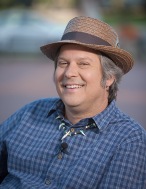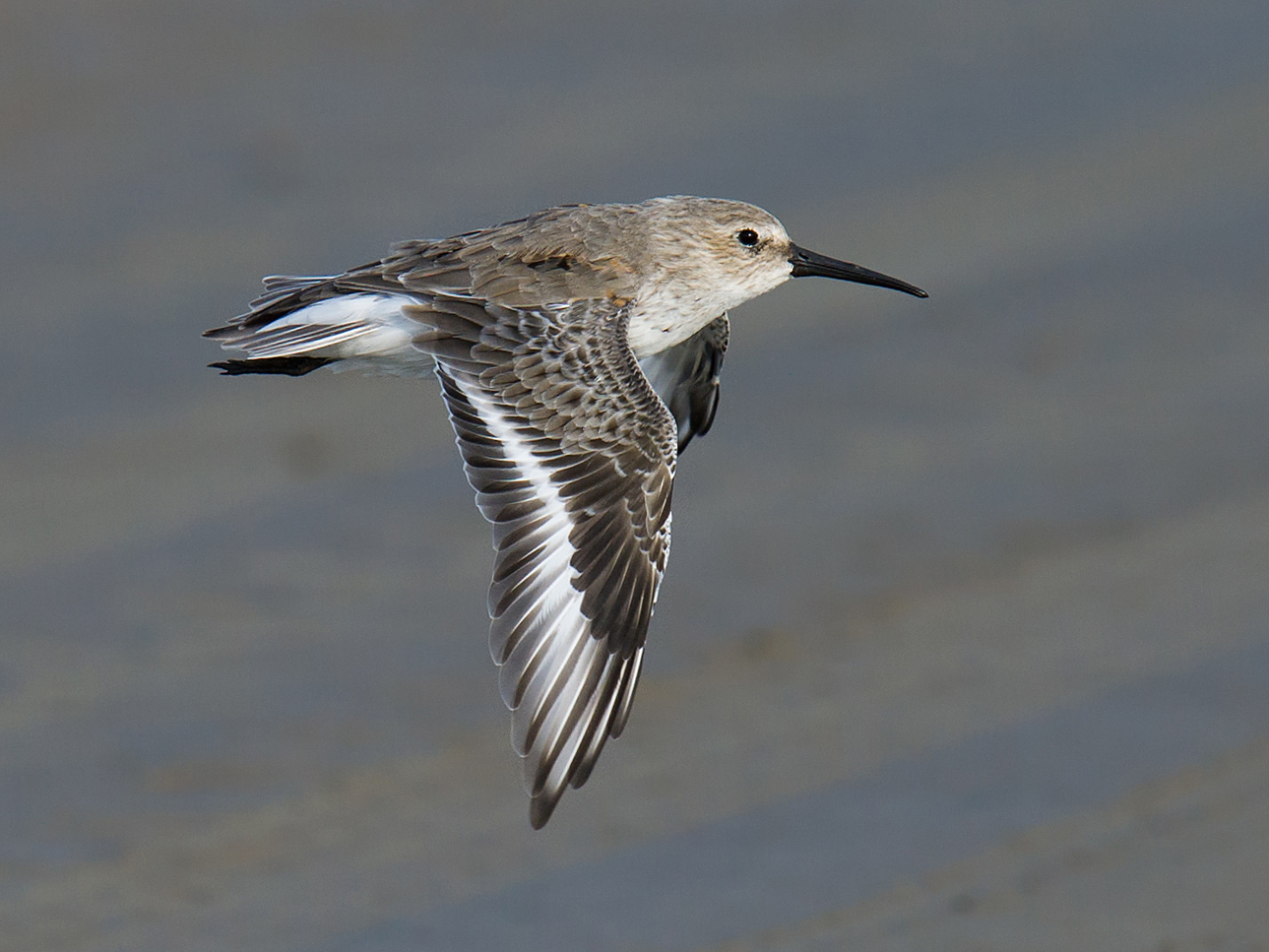by Brian “Fox” Ellis
for shanghaibirding.com

I arrived in Shanghai on a Monday night, expecting a full day of performances at a local school on Tuesday. Because Xi Jinping was in town, schools were closed at the last minute, and I had a day for birdwatching. I jumped online and found shanghaibirding.com, a truly wonderful website created and curated by Craig Brelsford, who now lives in Florida but still manages the site. They have great directions on where to go and what you might find there. My friend Alberto, who had never been birdwatching before, was along for the ride.
Shanghai is the largest city in the world, the size of Delaware, yet there is really good birdwatching just a few steps outside several subway stops. New York City is the only rival I can think of in the U.S., with Central Park, Brooklyn Park Zoo, and Jamaica Bay all good stops on the NYC Subway.
Granted, it is a long subway ride to Cape Nanhui, actually three subways, two transfers, and the third ride is an elevated train. But the last half hour is a visual smorgasbord, a beautiful mix of urban development, unusual architecture, recently planted parks, and historic farmland. There are traditional fishermen with seine nets in the creeks and waterways. And I saw my first Asian egrets in the trees above a small stream.
When we arrived at Dishui Lake and came up out of the subway station, the sun had come out. The faint scent of a sea breeze blew across the park that fronted Dishui Lake. Hopping along upon the pavement was a White Wagtail just a few feet from us. This bird is starkly black and white, robin-sized, and unafraid of fellow pedestrians. In a recently planted tree, right at eye level was a Goldcrest. This kinglet was so close I could almost reach out and touch it! As it rounded the branch it gave us a great series of views, top and bottom. The golden crown-stripe was obvious without binoculars. Though a new bird for me, it felt like home, reminding me of the close cousin we have back in Illinois, Golden Crowned Kinglet.
We started walking around Dishui Lake with great anticipation for more birds. Within a few hundred steps we had seen a shrike, Eurasian Tree Sparrow, and a couple more wagtails. But then we encountered a large section of the lakefront that was closed off in preparation for future development. After a kilometer or more of pavement and few birds, we decided to abandon our effort to walk all the way out to the bay and back. Though we both liked to walk, it seemed foolish to spend the best hours of the morning just trying to get to the Magic Parking Lot and microforests. We called a cab.
The cab driver took us to what was the Holiday Inn, which appeared to be abandoned. Many of the doors along the balconies were open, yet there were very few cars in the parking lot. Thankfully, there were birds.
Though I consider myself an experienced birdwatcher with a good knowledge of bird families, I felt stumped again and again. And without internet access, my eBird app and Merlin were not much help. I had downloaded Merlin bird packs, but kept coming up cold on the IDs. I know that was a shorebird and this one was exhibiting flycatcher behavior, that was a shrike, and those were sparrows, but I was just making notes on identifying characteristics and hoping to ID them when I got back to my apartment, my bird book, and the internet. We walked a long stretch of recently planted trees on one side of the road and a long stretch of some sort of pampas grass and the mouth of the Yangtze River on the other side. The birds thinned out. There was a crew of about 20 men using hand scythes to cut down all the weeds under the recently planted trees.
I left my buddy to nap on the concrete embankment. I headed down a little dirt road between two mudflats. I saw a small cinnamon-colored bird that was fly-catching. There was a small flock of shorebirds, sleeping, their heads tucked into their wings. In the distance was an egret with three grebes diving near her. A kestrel came up out of the reed bed and hovered, helicoptering high overhead. It dove back down into the tall grass and disappeared. I got a really good look at another cinnamon-colored bird with a distinct gray cap, black face and neck, and white triangles on both wings. Within about 20 minutes I had added half a dozen new birds to my life list, if only I knew their names. I had notes and good mental images.
I headed back towards mi amigo and we headed towards the former Holiday Inn. There were lots of abandoned picnic tables and bbq grills out back. There are actually two hotels, one clearly abandoned, but the former Holiday Inn had a work crew out back putting up new signs, signaling a new owner and a second life. There were picnic tables that were being used and several cars parked in the backlot. We headed in to use the toilet. We decided to get coffee at the sixth floor restaurant. It offered a gorgeous view of the bay.
Shortly after we had ordered and sat down, a mother and daughter came in, both carrying nice binoculars. I said hello. They spoke very little English, and I speak no Mandarin. But using our bird apps we were able to share a few birds we had seen. More importantly, they helped me to ID a few of the mystery birds. Most importantly, they offered to take us to the magical microforests and show us more birds. After a quick lunch of fried rice and coffee, they whisked us off to better birding.
I thought the morning was good, and I was very happy with the birds I had seen, but the afternoon was great and I added 22 new species to my life list! Nora, the daughter, is a better birder than her mother, or so she said, quite proudly, in her self-described Chinglish. She has been birding for three years and her mother for one year. At first they were offering to take us to the spot, drop us off, and then head on their way. Then they asked if we wanted to see some shorebirds. I said yes. They stopped along the levee and Nora’s father pulled out a Swarovski spotting scope. We all got really good looks at a small flock of Dunlin feeding on a mudflat. There was also a smaller flock of grebes diving out in deeper water and a Great Egret feeding on the distant shore.
We climbed back in their car and drove along the levee to the microforest. There were several birders there with large-lensed cameras and a cacophony of birdsong, even though it was already a warm afternoon. The mother, Rong Zhao, started pointing out little songbirds left and right. She would look it up in her smartphone and find an English translation and I would add it to my bird list. In quick succession we saw Daurian Redstart, male and female, Yellow-throated Bunting, Pallas’s Leaf Warbler, Grey-backed Thrush, and Dusky Thrush.
They were very generous with their time and patient with my questions while we visited two more of the microforests, adding Brambling and Red-flanked Bluetail to the list. But a few things quickly became quite clear: Though the government has gone to great lengths and great expense to plant several rows of trees along mile after mile of these coastal roads, they are all the same two species, a larch and a pine, pretty, and pretty monotonous monoculture. It is only in the more diverse or weedy patches that have a variety of trees, vines, and berries that you find birds. And because these microforests are well-trafficked, the abundance of litter left this birdwatcher feeling a little blue.
Can an effort be made to add to the diversity of the well-manicured forests so that instead of a few small patches of bird-friendly habitat there are miles of possible parklands for birds to rest and refuel as they migrate along the coast? We saw a large work crew planting acre after acre of non-native trees. Can the birdwatchers reseed these areas with native vines and shrubs?
And instead of foot traffic everywhere, could a more well developed trail be built that parallels the road, allowing birders better access without causing so much disturbance to the birds? These are questions the members of Shanghai Birding are asking. Hopefully they can find the answers they seek. Their passion for birds and birdwatching was encouraging. Even more encouraging, after I typed these words on my laptop on the long subway ride back into the heart of the city (and an afternoon visit to the Buddhist temple), I saw the same questions were being asked in a group chat within Shanghai Birding. Let us hope this conversation leads to action.
If you are ever in Shanghai, visit shanghaibirding.com before you get here. Study up on the local birds so you do not feel as frustrated as I did. If your visit is more spontaneous, like mine, don’t worry, even a last-minute trip is well worth your time. Take their advice and take a cab from Dishui Lake to the furthest microforest, then walk back towards the former Holiday Inn. And maybe, just maybe, you just might be lucky enough to meet a kind family like the Zhaos that will take you under their wing to show you a bird or two—or maybe twenty-two!

